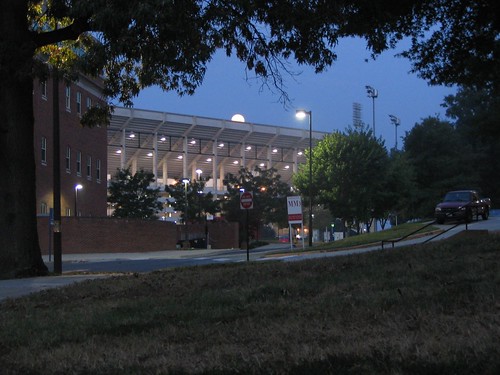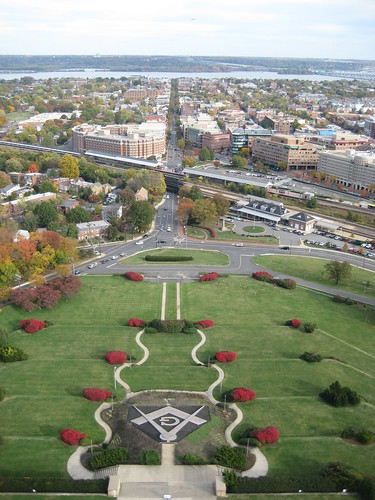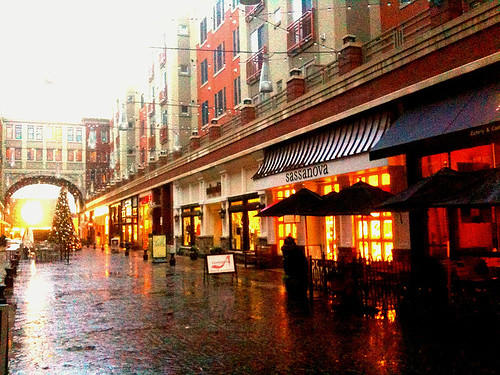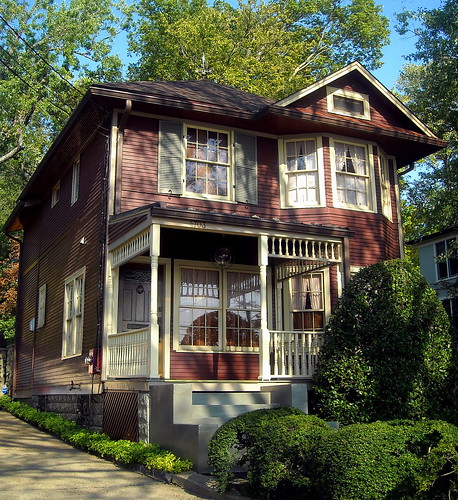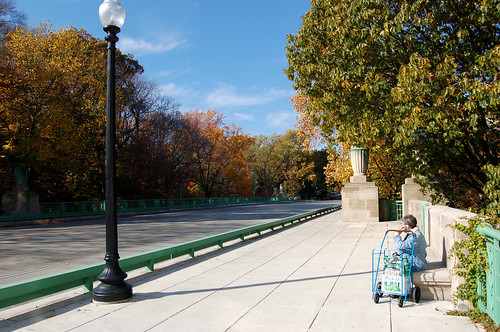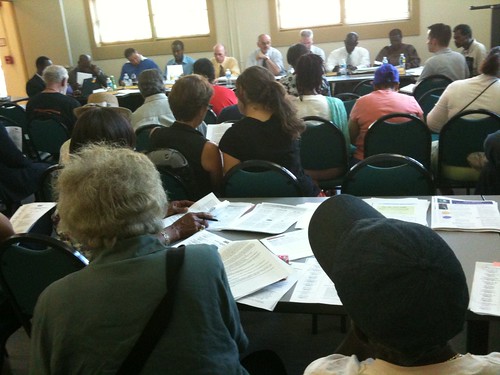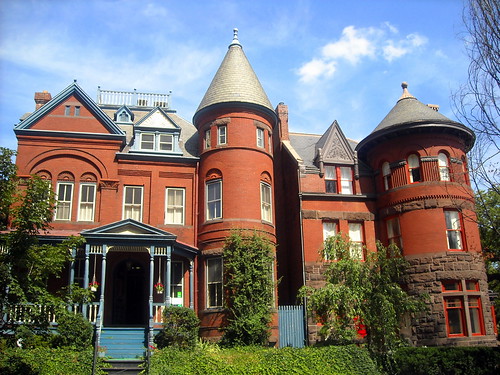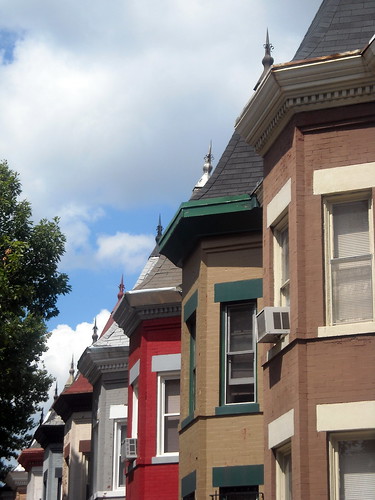
‘Woodley Station’
courtesy of ‘Tyrannous’
Hi, and welcome to a new feature called Five Favorites. Our reader Jay suggested ranking favorite places in DC, and I’m going to start with five favorite Metro stations. These are stations that are the best examples of vibrant, walkable, urban, mixed-use places in the District. These are the Metro stations that you could emerge from at any time, and there’d always be plenty of people around. This list is a mix of subjective factors and measurable data, so feel free to disagree and tell me which of your favorites I missed.
Number 5: Woodley Park/Adams Morgan. Ok, we all know that it’s annoying to have to walk across the bridge to get from the Metro station to the heart of Adams Morgan, but still– this Metro station is always full of people emerging from the ridiculously long escalators. The Connecticut Avenue strip where you emerge from the Metro station is full of some great restaurants, and the 10-minute walk across the bridge to 18th Street puts you in the middle of it all.
The Adams Morgan neighborhood itself is a diverse, multi-cultural neighborhood with restaurants, bars, shops, and corner stores, and cute rowhouses and apartments mixed in. While this stop just barely made it into the top five because of the distance to Adams Morgan itself, the vibrant, constantly-moving atmosphere of the area and the busy-ness of the Metro itself (residents and commuters in the mornings, people out on dates in the evenings, college students in the late evenings) make it one of the best mixed-use Metro stations in the city. Walk Score: 95. The Woodley Park Metro station has an average daily ridership of 8,000.
Continue reading →



